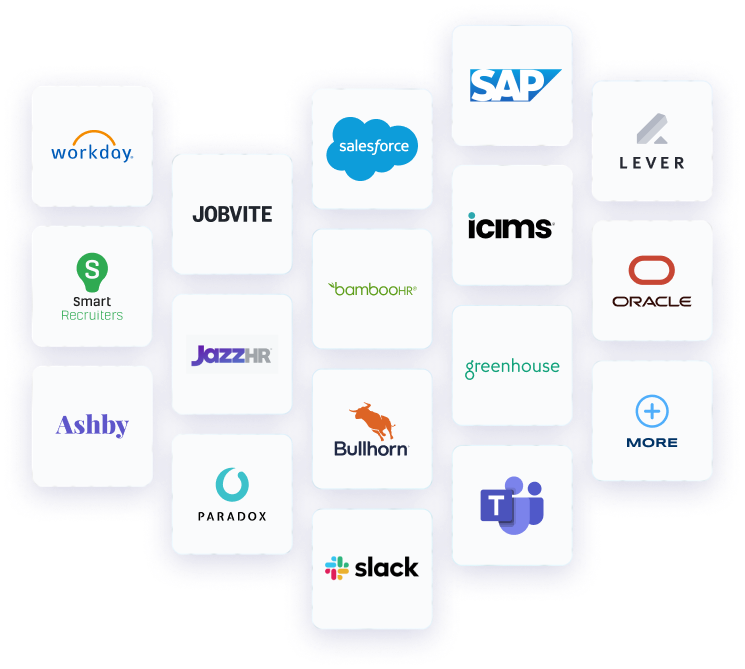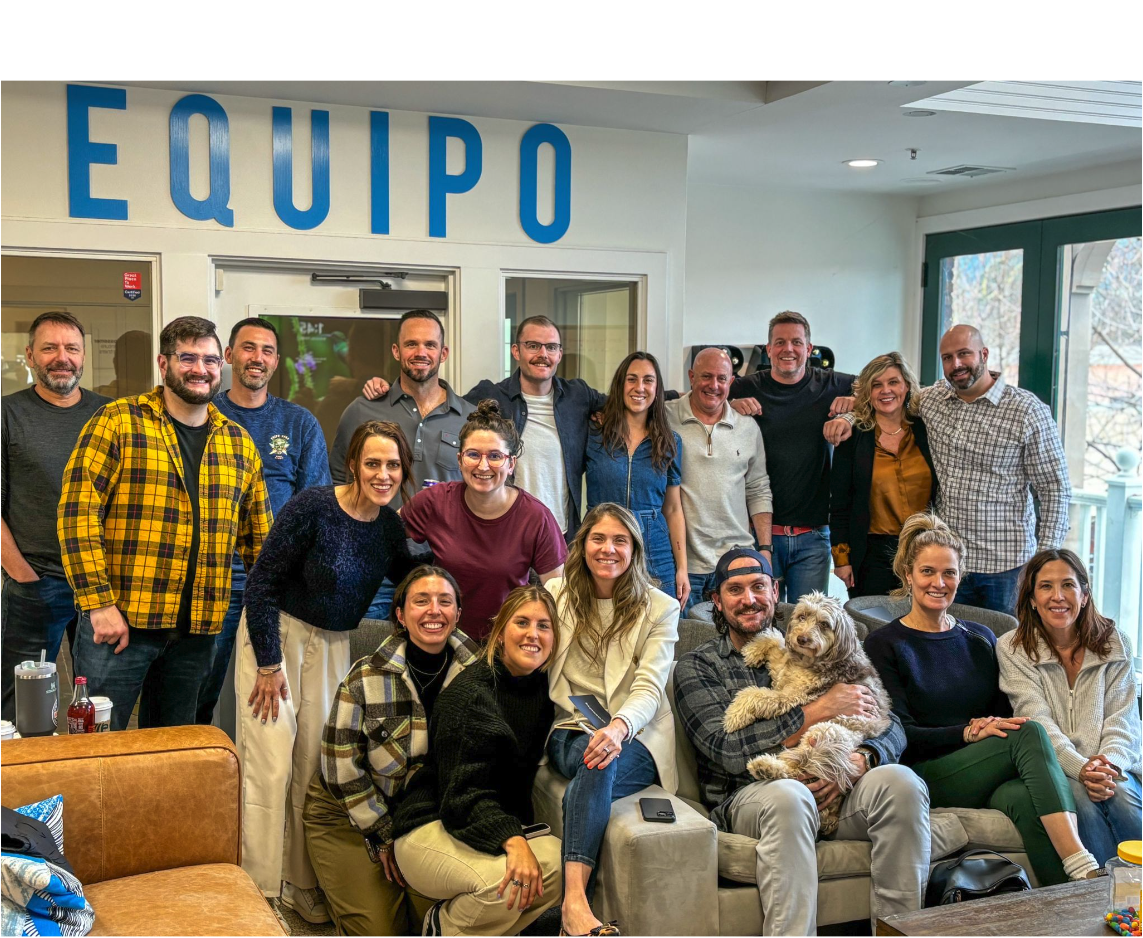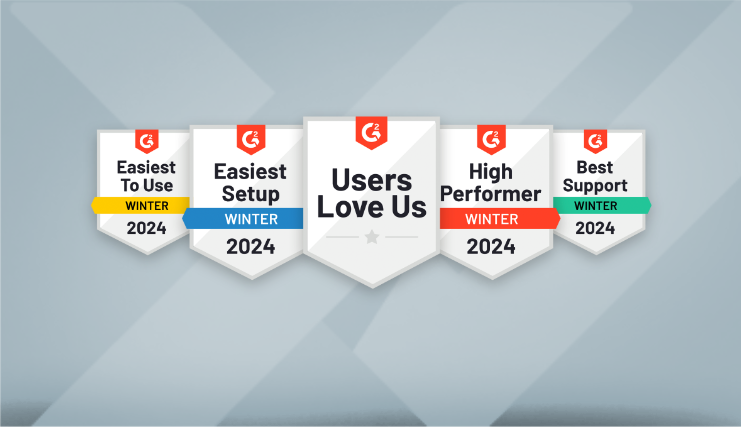
Increase Recruiter Efficiency and
Quality of Hire
See the Crosschq Hiring Intelligence Platform solutions in action:
- Quality of Hire Measurement
- TalentWall: ATS Co-Pilot
- Core Recruiting Analytics
- Modern Reference Checking
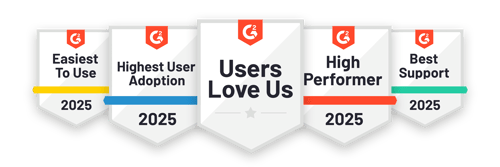
![]()

4.9

4.8

4.7
Trusted by the world's leading talent acquisition teams

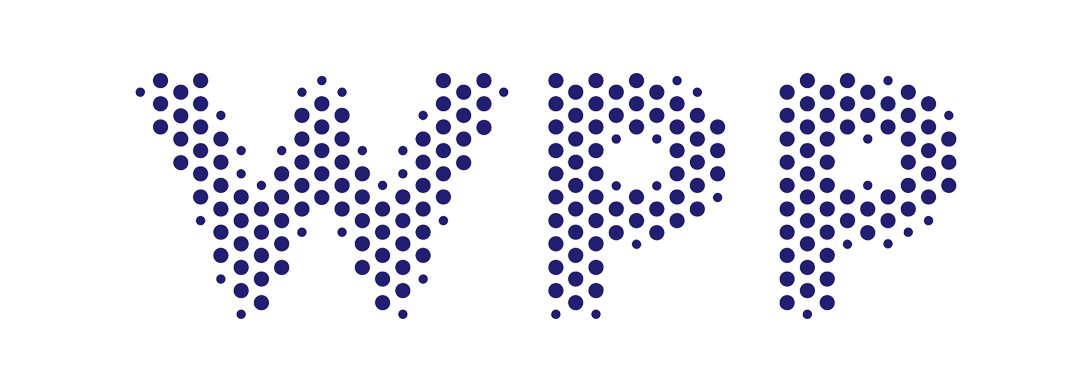
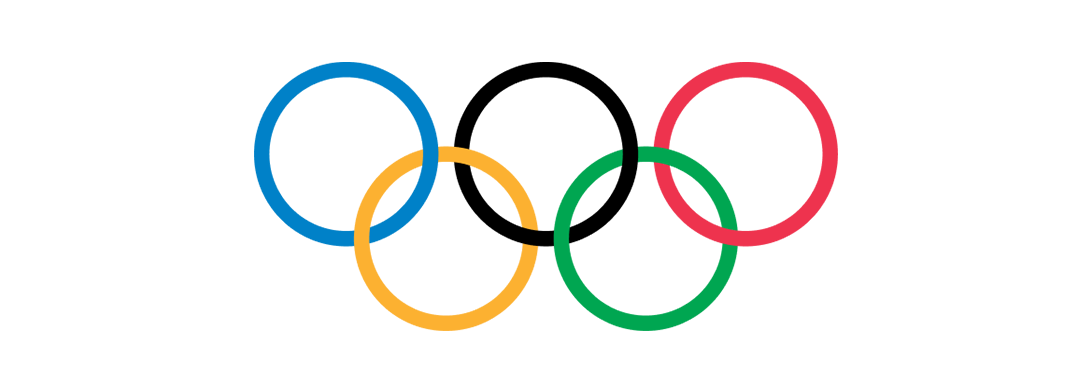
.png)


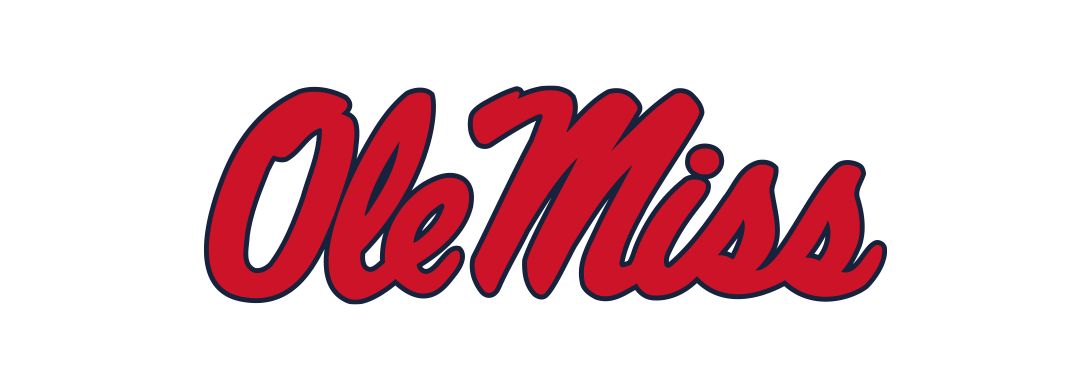

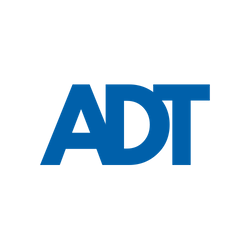

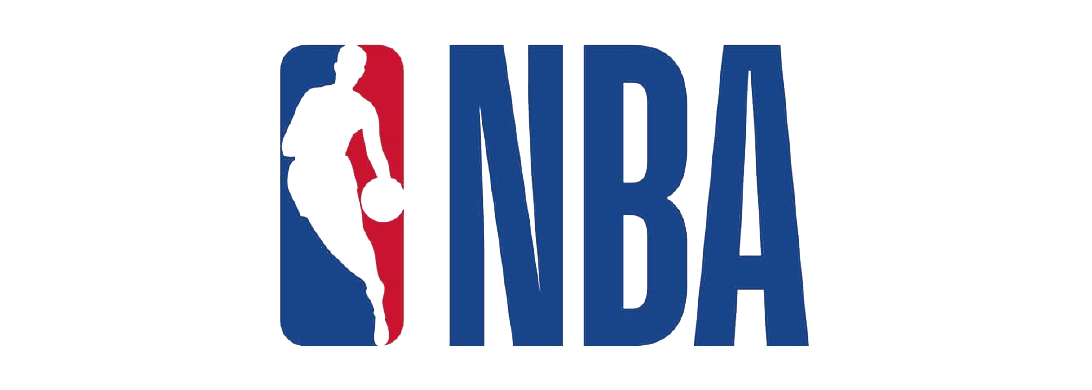


Let’s Hear it From Our Fans

Crosschq is a
game-changer."
If it got taken away
at this point,
I'd cry."
My greatest accomplishment
is buying Crosschq,
I look like a superstar,
and you guys do all the work."
Crosschq
cuts my day in half!"

Crosschq is a
%20-200x43.png)
